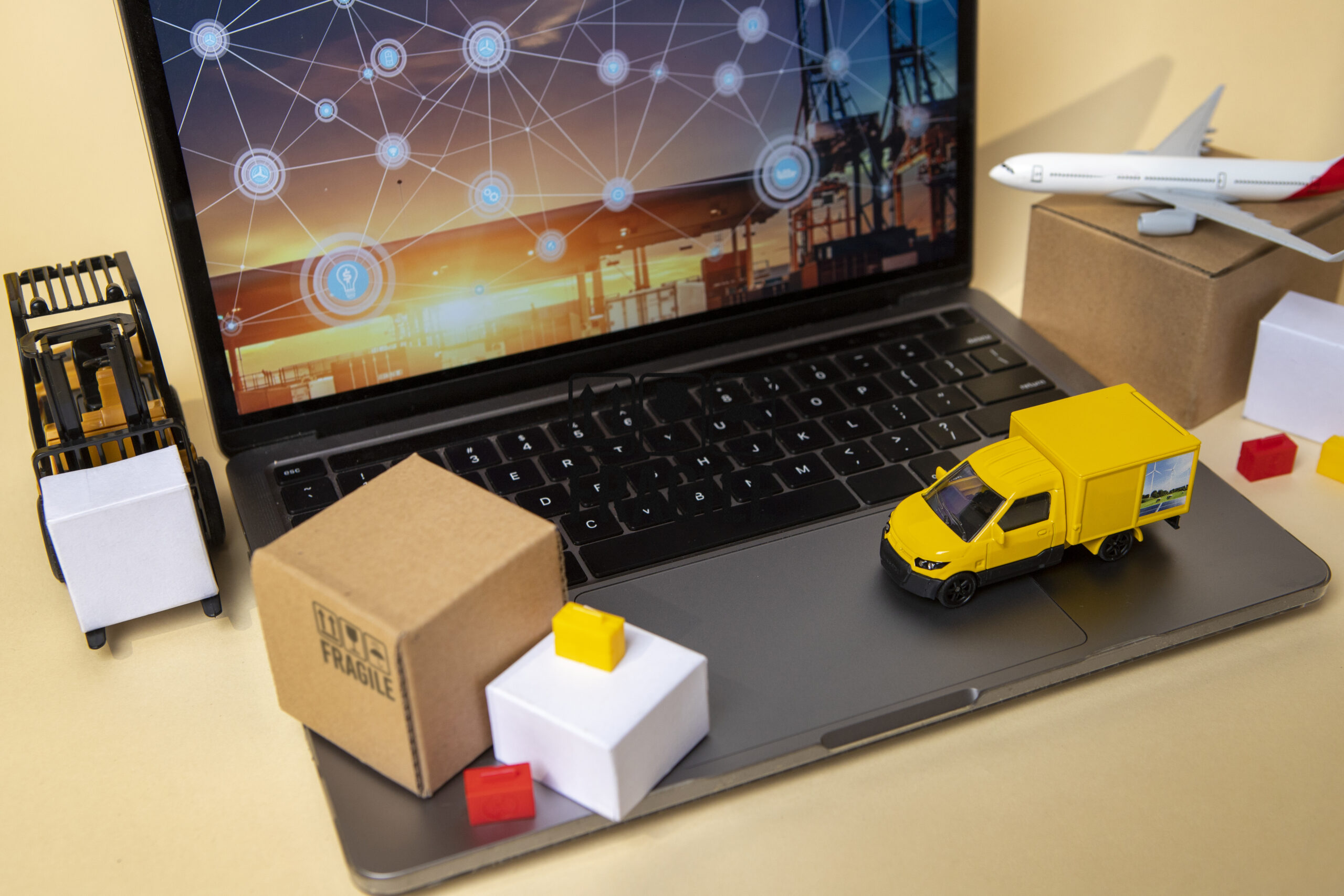Technological advances have significantly impacted the logistics industry, revolutionizing operations and enhancing efficiency. Here are some key technological advancements in logistics:
Internet of Things (IoT)
IoT technology involves the use of interconnected devices and sensors to collect and exchange data. In logistics, IoT enables real-time tracking and monitoring of goods, vehicles, and equipment. It improves supply chain visibility, enhances asset management, optimizes inventory control, and enables proactive maintenance.
Big Data and Analytics
The availability of vast amounts of data in logistics has led to the adoption of big data analytics. Advanced analytics techniques allow organizations to extract valuable insights from data, identify trends, forecast demand, optimize routes, improve operational efficiency, and make data-driven decisions.
Artificial Intelligence (AI) and Machine Learning (ML)
AI and ML technologies are transforming logistics operations. AI-powered systems can automate repetitive tasks, such as data entry and processing, while machine learning algorithms enable predictive analytics, demand forecasting, route optimization, and dynamic pricing. AI chatbots and virtual assistants also enhance customer service and support.
Robotics and Automation
Robotics and automation technologies have revolutionized warehouse operations. Autonomous mobile robots (AMRs) and automated guided vehicles (AGVs) streamline picking, packing, and sorting processes. Robotic process automation (RPA) automates administrative tasks, reducing manual effort and errors. Automated conveyor systems and robotic arms also contribute to increased efficiency.
Blockchain
Blockchain technology provides a decentralized and secure ledger for recording and verifying transactions. In logistics, blockchain improves transparency, traceability, and security across the supply chain. It enables secure digital documentation, enhances visibility of goods’ origin and movement, simplifies customs processes, and reduces fraud and counterfeiting risks.
Cloud Computing
Cloud-based platforms and services offer scalability, flexibility, and collaboration capabilities in logistics. Cloud computing enables real-time data sharing, facilitates remote access to information, and supports integration with various systems and stakeholders. It enhances supply chain visibility, enables centralized data storage, and enables the use of Software-as-a-Service (SaaS) solutions.
Augmented Reality (AR) and Virtual Reality (VR)
AR and VR technologies find applications in logistics, particularly in training, warehousing, and last-mile delivery. AR-based smart glasses and headsets provide real-time information to warehouse workers, improving picking accuracy and efficiency. VR simulations help in training for complex operations and enhance safety awareness.
Drones
Unmanned aerial vehicles (UAVs) or drones are increasingly used in logistics for tasks like inventory management, inspection of assets, and last-mile delivery. Drones offer speed, cost-efficiency, and access to remote or congested areas. They have the potential to transform logistics by reducing delivery times and expanding service coverage.
Autonomous Vehicles
Self-driving vehicles, including trucks and delivery vans, are being developed and tested for autonomous transportation. These vehicles have the potential to reduce labor costs, increase fuel efficiency, improve road safety, and optimize route planning. However, widespread adoption is still in the early stages and subject to regulatory considerations.
These technological advances are reshaping the logistics landscape, enabling organizations to improve operational efficiency, enhance customer service, reduce costs, and gain a competitive edge in the rapidly evolving industry.


